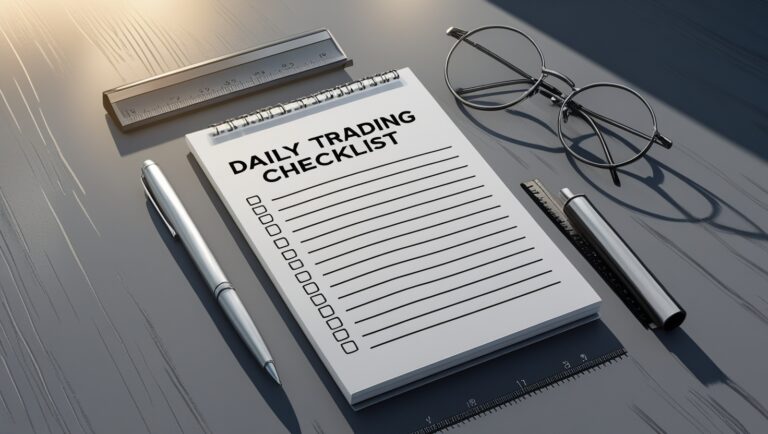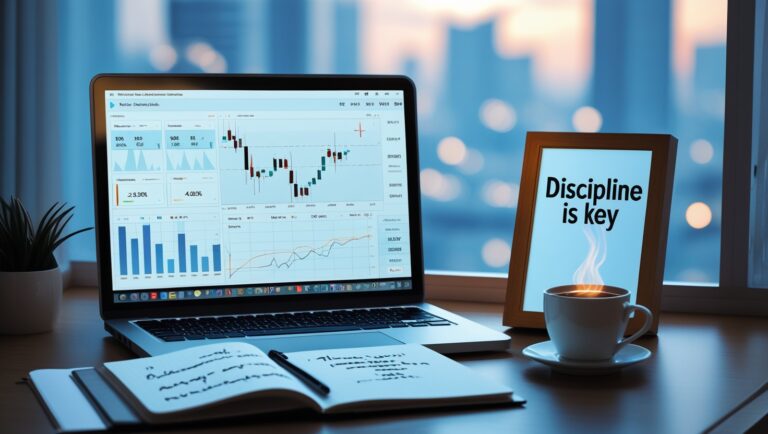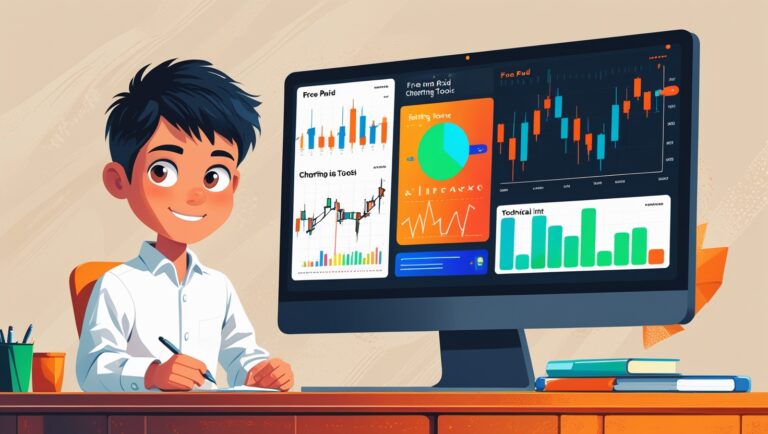Step-by-Step Guide to Paper Trading Before Going Live
Step-by-Step Guide to Paper Trading Before Going Live
Paper trading is the safest way for beginners to practice trading without risking real money. In this step-by-step guide, I’ll show how I use paper trading to refine my strategies, build confidence, and prepare for live trading that contributes to consistent monthly income from stocks.

Table of Contents
Why Paper Trading Is Essential
Jumping straight into live trading can be risky. I learned that practicing with virtual trades allows me to understand chart patterns, test strategies, and make mistakes without losing capital. Paper trading builds the discipline and confidence needed to succeed in real markets.
Setting Up Your Paper Trading Account
I start by choosing a platform with reliable paper trading tools. Click here to the best platform for paper trading, charting, and alerts: https://www.tradingview.com/?aff_id=155687
I create a virtual account and fund it with simulated capital. Treating this money as real helps me take trades seriously and apply proper risk management.
Choosing Stocks to Practice With
I select stocks that meet my trading criteria. Even in paper trading, focusing on high-probability setups improves learning and ensures that the trades I practice mirror real-life opportunities.
Recording Trades and Results
I log every trade in a journal, including entry and exit points, indicators used, and outcomes. This review helps me identify patterns, refine strategies, and recognize mistakes before trading live.
Testing Strategies
Paper trading allows me to test multiple strategies safely. I combine indicators, alerts, and chart patterns to see which approaches produce consistent results. This testing is critical for developing a reliable system.
Transitioning to Live Trading
Once I see consistent success in paper trading, I begin small with live trades. The experience gained through virtual trades ensures I am prepared to manage risk, handle emotions, and execute strategies confidently.
Integrating With My System
I integrate paper trading lessons with my system from How I Pay My Bills Monthly With Stocks. This ensures that every live trade is structured, disciplined, and part of a proven approach to building steady monthly income.
I start every paper trading session by reviewing my watchlist and identifying stocks with clear setups. Even virtual trades need preparation, and focusing on high-probability opportunities helps me learn efficiently.
Paper trading teaches me how to manage risk without real consequences. I apply stop-losses, position sizing, and risk-to-reward ratios exactly as I would with live trades, building habits that protect my capital.
Using alerts in paper trading is crucial. I set notifications for price levels, trendline touches, and indicator confirmations, which helps me respond quickly to setups without constantly watching charts. Click here to the best platform to create custom alerts and track paper trades efficiently: https://www.tradingview.com/?aff_id=155687
I practice multiple strategies simultaneously. Combining moving averages, RSI, and MACD in paper trades allows me to see which methods produce the most consistent results before committing real money.
Recording detailed trade notes is key. I track the setup, indicators, entry and exit points, and outcomes. Over time, this data reveals patterns in my decision-making and improves future trade accuracy.
Paper trading helps me understand timing. I learn the best moments to enter or exit trades, avoiding impulsive decisions that often happen when starting live trading.
I simulate both small and larger position sizes in paper trading. This practice helps me learn the emotional and financial impact of different trade sizes, preparing me for real trading scenarios.
I review paper trading results weekly to analyze success rates and mistakes. Identifying trends in my performance allows me to refine strategies and improve accuracy before going live.
I focus on replicating real trading conditions in paper trading. Treating virtual trades seriously, including adhering to discipline and risk rules, builds habits that carry over to live trading.
Combining alerts and indicators in paper trading helps me test efficiency. I learn which alerts are most useful for confirming entries and exits, improving my overall trading process.
I gradually increase complexity in paper trading. Starting with simple setups and adding layers like trend analysis and multi-timeframe confirmation prepares me for the real market without overwhelming risk.
Paper trading provides the confidence to handle volatility. Experiencing wins and losses virtually teaches emotional control, which is essential for turning small trades into consistent income.
I integrate insights from paper trading into my system from How I Pay My Bills Monthly With Stocks. This ensures that every live trade is part of a structured, disciplined approach to reliable monthly income.
I simulate end-of-day and intraday trades in paper trading. Practicing both short-term and longer-term positions allows me to determine which style aligns best with my goals and risk tolerance.
Finally, consistency in paper trading builds muscle memory. By following a structured routine daily, monitoring alerts, and recording outcomes, I prepare myself for confident, profitable live trading that turns strategy into results.
I focus on practicing entries and exits with precision. Paper trading allows me to experiment with different timing strategies, helping me learn when to enter trades for the highest probability setups without risking real money.
I simulate real-world conditions by treating paper trades as if they were live. I track every decision, adhere to risk rules, and follow my trading plan to develop discipline and consistency before transitioning to live trading.
Alerts play a key role in managing paper trades. I set notifications for price movements, indicator signals, and trend changes, which helps me act promptly and stay organized across multiple setups. Click here to the best platform to create custom alerts and track paper trades efficiently: https://www.tradingview.com/?aff_id=155687
I review losing trades carefully. Understanding why a setup failed in paper trading prevents repeating the same mistakes in live trading, improving my strategy’s overall reliability and effectiveness.
I test different trade sizes and risk levels in paper trading. This experimentation helps me find the right balance between potential profit and acceptable risk, preparing me for real money trades that contribute to steady income.
Integrating paper trading with my method from How I Pay My Bills Monthly With Stocks ensures every practice trade is purposeful, helping me transform knowledge and experience into consistent monthly income.
Finally, patience and discipline are the most important lessons from paper trading. By consistently following a structured routine, monitoring alerts, and refining strategies, I build confidence and readiness to execute profitable live trades.

Stay ahead in the stock market! Subscribe to our newsletter and receive exclusive stock flow reports, trading insights, and actionable tips directly in your inbox. Join thousands of traders who get our updates first.







